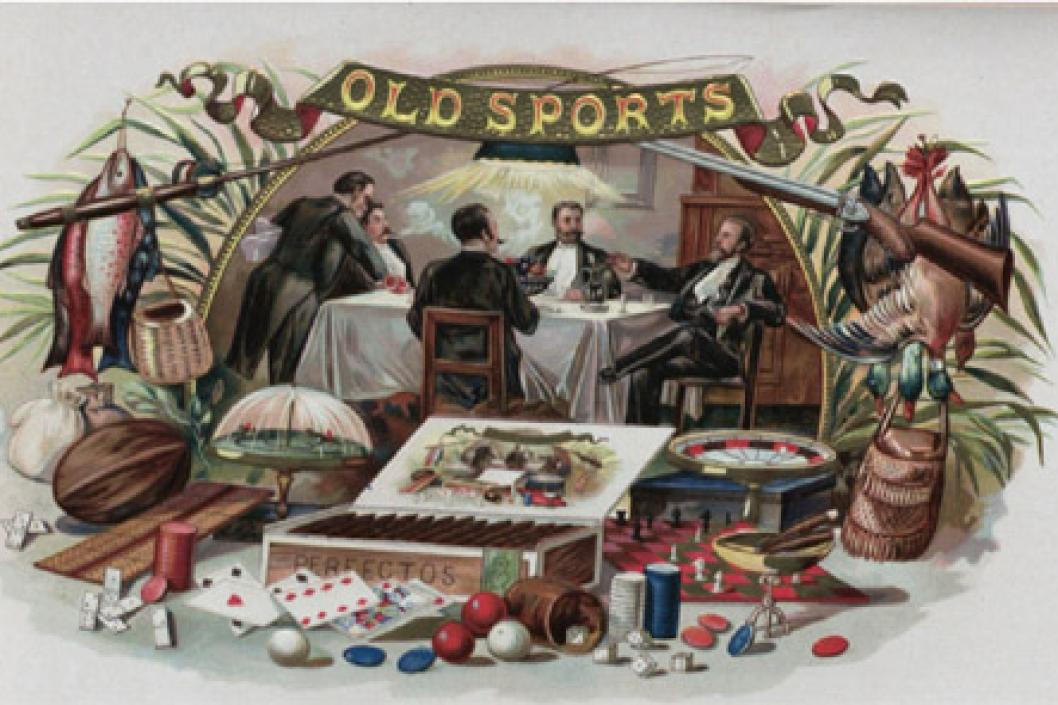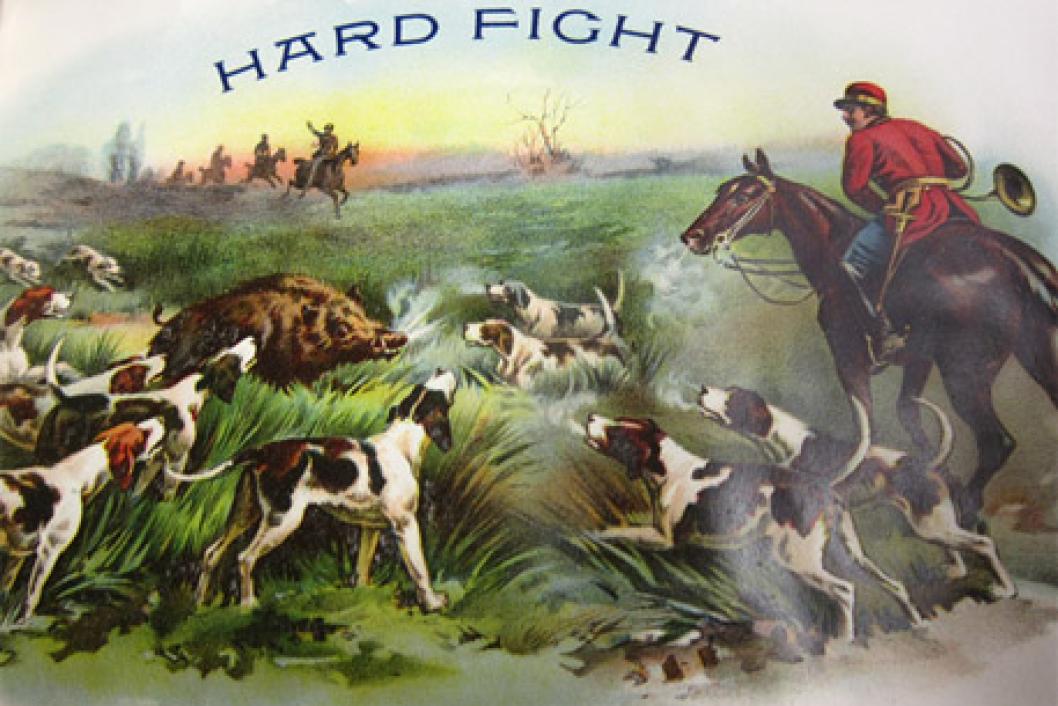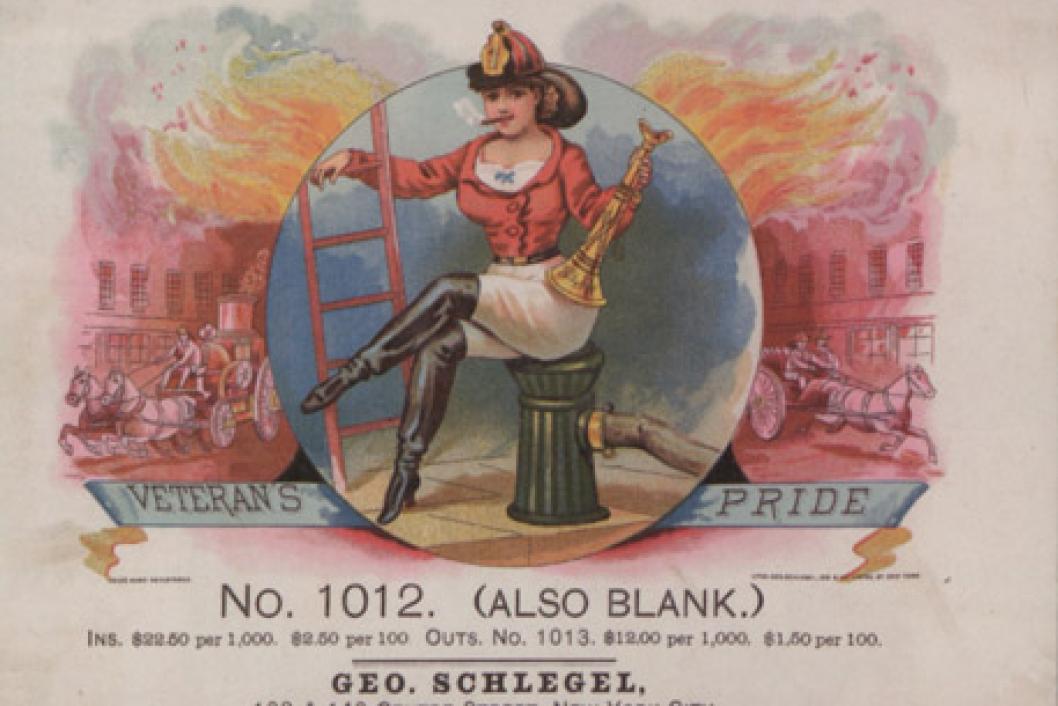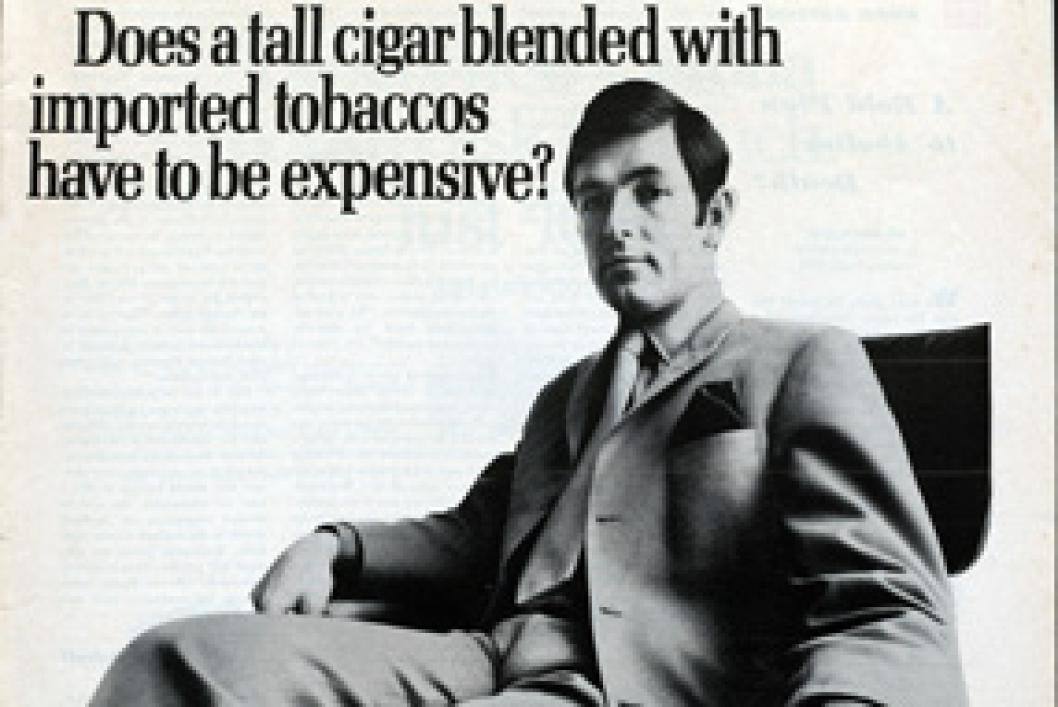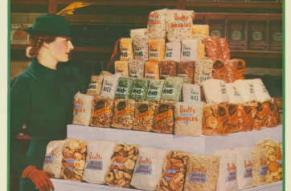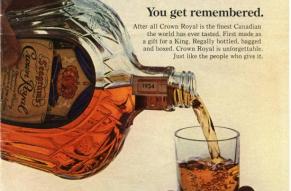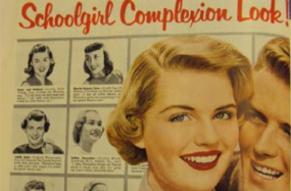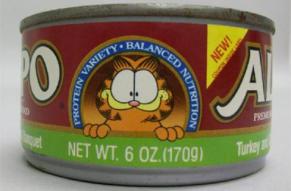In the late 19th Century, cigar smoking was a pastime typically reserved for older, white, affluent men. Using technologies like chromolithography, cigar companies attracted smokers with colorful cigar box labels that depicted a range of stereotypical masculine activities and desires.
By the post-WWII era, consumer psychologists like Ernest Dichter had developed more nuanced understandings of earlier stereotypes. Dichter differentiated the older “heavy” cigar smoker from more moderate smokers. According to Dichter, moderate smokers were younger white men who considered cigar smoking to be a fashion statement rather than a pastime. Cigar companies like El Producto targeted these men’s desire to ‘wear’ a cigar in advertisements and with new, smaller cardboard packages that could fit in a coat pocket.
Images and related content in the Hagley Digital Archives:


